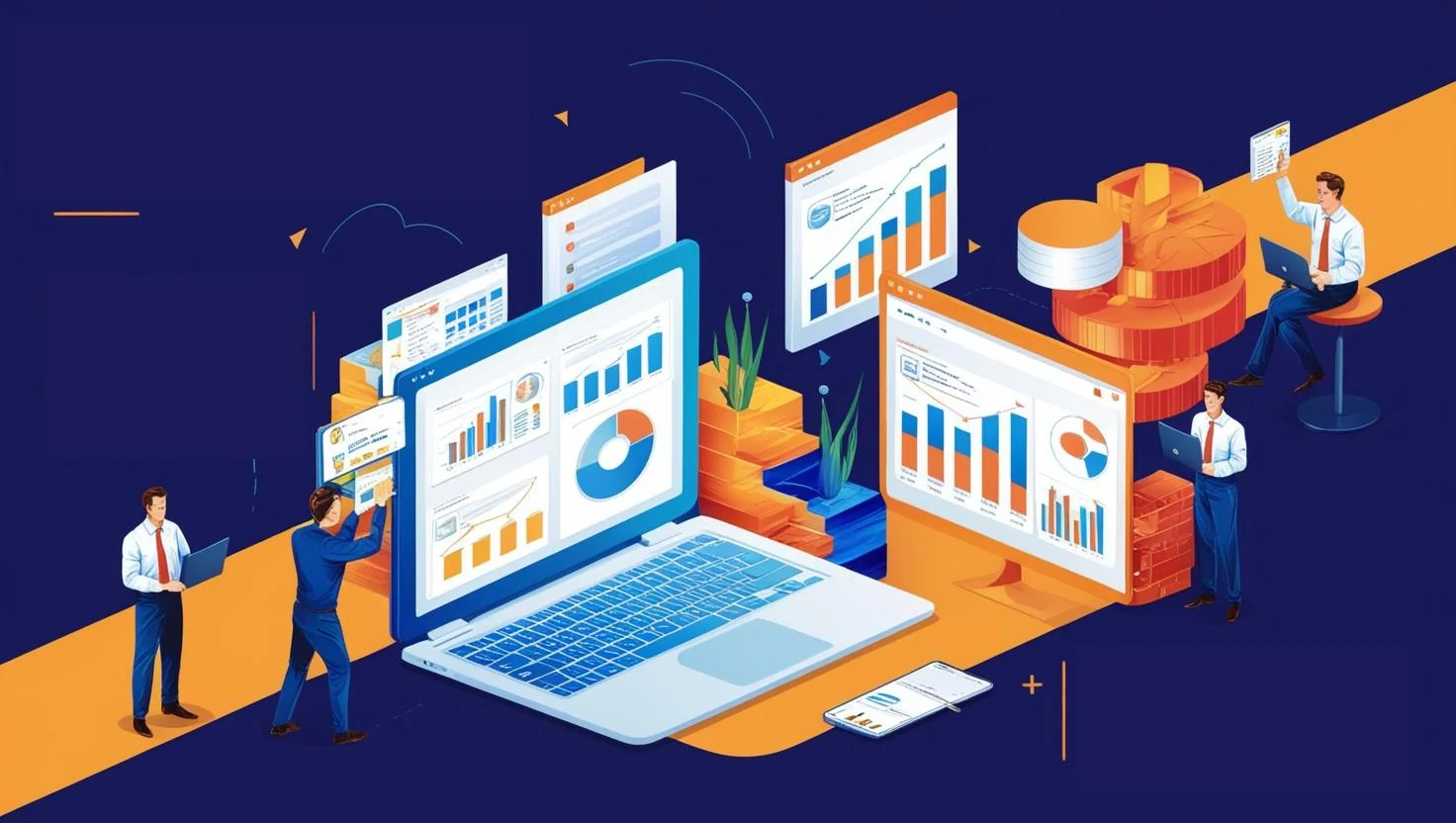

Content Writer for Whistle with multidisciplinary experience spanning over a decade.
Sales teams that operate without a structured system for managing leads and customer interactions inevitably run into inefficiencies. Research from Salesforce shows that CRM adoption can increase sales productivity by 34%, yet many companies still rely on scattered spreadsheets, disconnected tools, and manual processes to track their outreach. Investing in proper SDR enablement, specifically with a comprehensive CRM, directly translates to increased efficiency and a more streamlined sales pipeline. For SDRs, this means wasted time, missed opportunities, and a lack of visibility into what drives conversions.
The role of an SDR has expanded well beyond cold calling and email outreach. SDRs are now expected to engage prospects strategically, personalize outreach at scale, and ensure that high-potential leads move smoothly through the sales funnel. Achieving this without the right tools is next to impossible.
A CRM is not just another piece of software—it is the foundation of an efficient sales development operation. Without one, SDRs lack the structure, data insights, and automation necessary to perform at their best. A CRM enables sales teams to track every interaction, prioritize leads, and make informed decisions based on real-time data. It eliminates guesswork and allows SDRs to work in a systematic, repeatable way that increases their efficiency and effectiveness.
Yet, despite these clear benefits, many sales organizations delay CRM adoption or fail to implement it properly. The result is a chaotic sales environment where SDRs struggle to stay organized and managers lack visibility into team performance. This article explores why a CRM is essential for SDR success, the challenges that arise without one, and how a well-implemented CRM empowers SDRs to work smarter and close more deals.
Without a CRM, SDRs face an uphill battle. Lead information is scattered across different platforms, follow-ups slip through the cracks, and managers lack clear visibility into team performance. SDRs end up spending more time on administrative tasks than actually engaging with prospects.
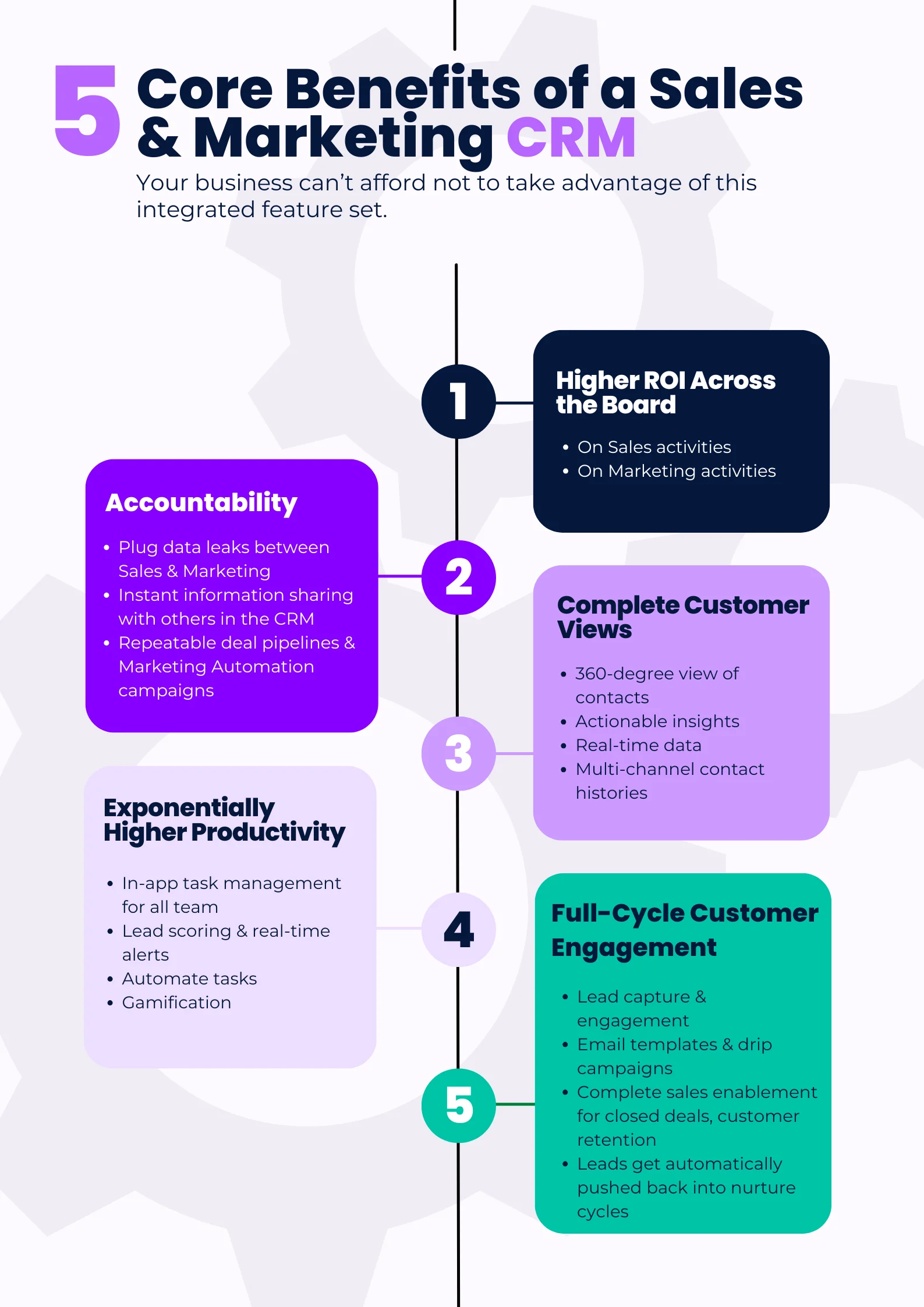
Disorganized workflows create friction at every stage of the sales process. SDRs must manually track conversations, hunt down past interactions, and update multiple systems just to keep everything in order. These inefficiencies don’t just slow things down—they also impact morale. SDRs who constantly struggle to find the information they need or track their own progress are more likely to feel frustrated and disengaged.
Lack of structure in sales development leads to inconsistencies in outreach. SDRs may contact the same lead multiple times without realizing it or, worse, fail to follow up on a high-priority prospect altogether. The absence of a centralized system also makes measuring what strategies are working difficult. Sales managers are left relying on anecdotal feedback rather than concrete data when assessing performance.
A CRM addresses these issues by centralizing lead management, automating repetitive tasks, and providing clear insights into performance. SDRs no longer have to guess which leads are most promising or manually update spreadsheets after every interaction. Instead, they can focus on meaningful conversations with prospects while the CRM handles data organization and workflow automation in the background.
A CRM serves as a single source of truth for all customer interactions. Every call, email, and meeting is logged in one place, ensuring that SDRs and the broader sales team have full visibility into each prospect’s journey. This level of organization eliminates the risk of losing critical information and allows SDRs to engage prospects with relevant, well-timed outreach.
Instead of juggling multiple spreadsheets or relying on memory, SDRs can quickly pull up key details about a prospect’s past interactions, interests, and pain points. This not only makes outreach more effective but also ensures a smoother handoff between SDRs and account executives. When sales teams operate without a CRM, prospects often need to repeat information at every stage, creating a frustrating experience that reduces conversion rates.
CRMs also help SDRs categorize leads based on industry, company size, engagement level, and buying intent. By segmenting prospects in a structured way, SDRs can personalize outreach more effectively, leading to stronger engagement and higher conversion rates.
Not all leads are created equal. Without a CRM, SDRs may waste time chasing leads that are unlikely to convert while overlooking high-potential opportunities. A CRM solves this by enabling structured lead qualification through scoring and segmentation.
Lead scoring allows SDRs to prioritize prospects based on engagement, fit, and intent. If a prospect has opened multiple emails, visited the website, and engaged with marketing content, they will rank higher than a lead that has only had minimal interaction. This prevents SDRs from spending excessive time on low-quality leads and ensures that high-value prospects receive the attention they deserve.
Automated follow-up sequences further streamline lead nurturing. Instead of manually sending reminders or follow-ups, SDRs can create workflows that trigger emails and touchpoints based on prospect behavior. This keeps potential customers engaged without requiring SDRs to track every interaction manually. Over time, this leads to more predictable sales cycles and higher conversion rates.
SDRs don’t work in isolation. Their success depends on seamless collaboration with account executives, marketing teams, and leadership. A CRM facilitates this by providing shared access to prospect data, internal notes, and communication history.
With features like task assignments, shared calendars, and team dashboards, SDRs can coordinate efforts more effectively. If a prospect responds to an SDR’s outreach, the account executive taking over the conversation will have all the context they need to move the deal forward without unnecessary back-and-forth. This level of alignment reduces friction and ensures a more consistent experience for potential customers.
In addition, CRMs integrate with marketing automation platforms, ensuring that SDRs have insights into how prospects engage with marketing campaigns. This allows for more informed conversations and prevents SDRs from reaching out with redundant or irrelevant messaging.
Repetitive tasks consume a significant portion of an SDR’s day. Manually logging calls, sending follow-up emails, and updating spreadsheets leave little time for actual selling. A CRM eliminates much of this busy work by automating routine processes.
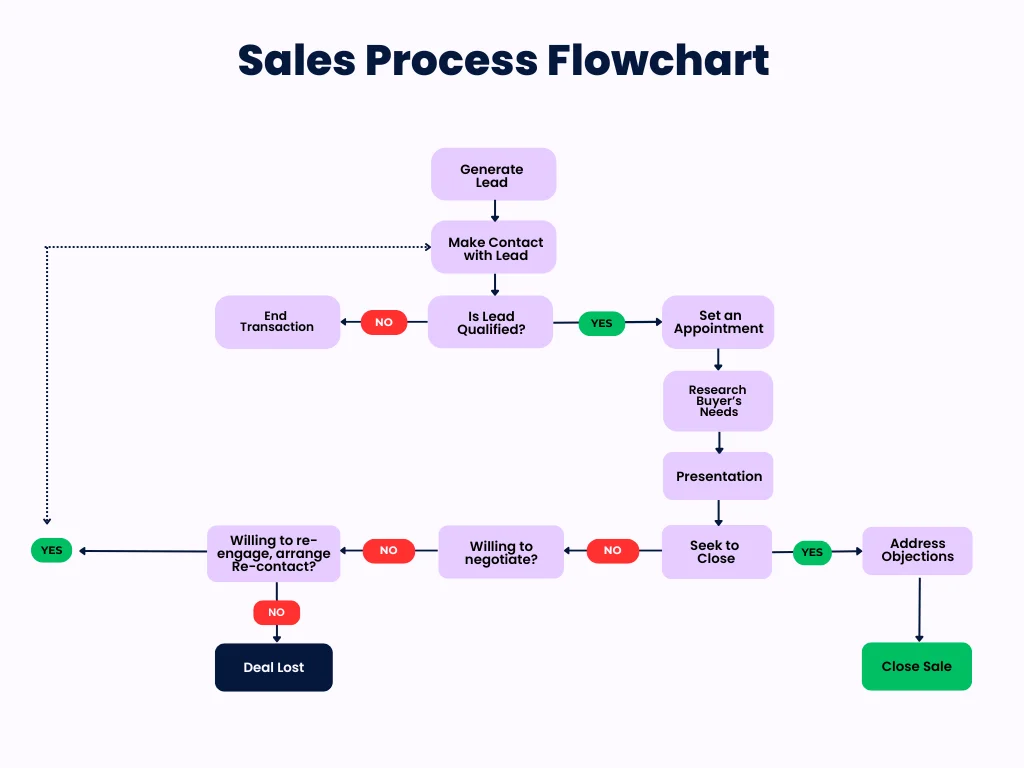
Automated email sequences keep prospects engaged without SDRs needing to schedule every touchpoint manually. Task reminders ensure that no follow-up is missed. Intelligent workflow automation minimizes data entry and keeps pipelines moving efficiently. By reducing administrative burdens, a CRM allows SDRs to focus on what they do best—building relationships and booking meetings.
SDRs need clear metrics to improve their performance. Without a CRM, tracking conversion rates, email response rates, and call success rates becomes an exercise in guesswork. A CRM provides real-time dashboards and reports that give SDRs and managers instant visibility into what’s working and what isn’t.
These insights help SDRs refine their approach and enable managers to provide more targeted coaching. Instead of relying on anecdotal feedback, teams can make data-backed decisions that drive better outcomes. A CRM turns performance tracking from a manual, time-consuming task into an automated process that directly informs strategy.
Not all CRMs are built the same, and choosing the wrong one can create more problems than it solves. When selecting a CRM for SDRs, businesses should prioritize ease of use, integration capabilities, and automation features. A complex system that requires extensive manual input defeats the purpose of having a CRM in the first place.
Scalability is also a key consideration. A CRM should be able to grow alongside the business, accommodating increasing lead volumes and more sophisticated sales processes over time. Implementation matters just as much as selection—proper onboarding, training, and customization ensure that SDRs actually use the system to its full potential.
Whistle helps companies navigate this process by identifying the best CRM for their specific needs and optimizing it for SDR success. From integration with existing tools to workflow automation, Whistle ensures that sales teams get the most out of their CRM investment.
Sales development relies on precision, consistency, and clear data. Without a CRM, SDRs spend too much time on administrative work, lose track of key prospects, and miss opportunities to refine their approach. A well-implemented CRM brings structure, improves efficiency, and provides the insights needed to increase conversions.
Whistle helps sales teams select and optimize CRMs that drive measurable results. If your SDRs don’t have the tools they need to work at full capacity, it’s time to fix that.
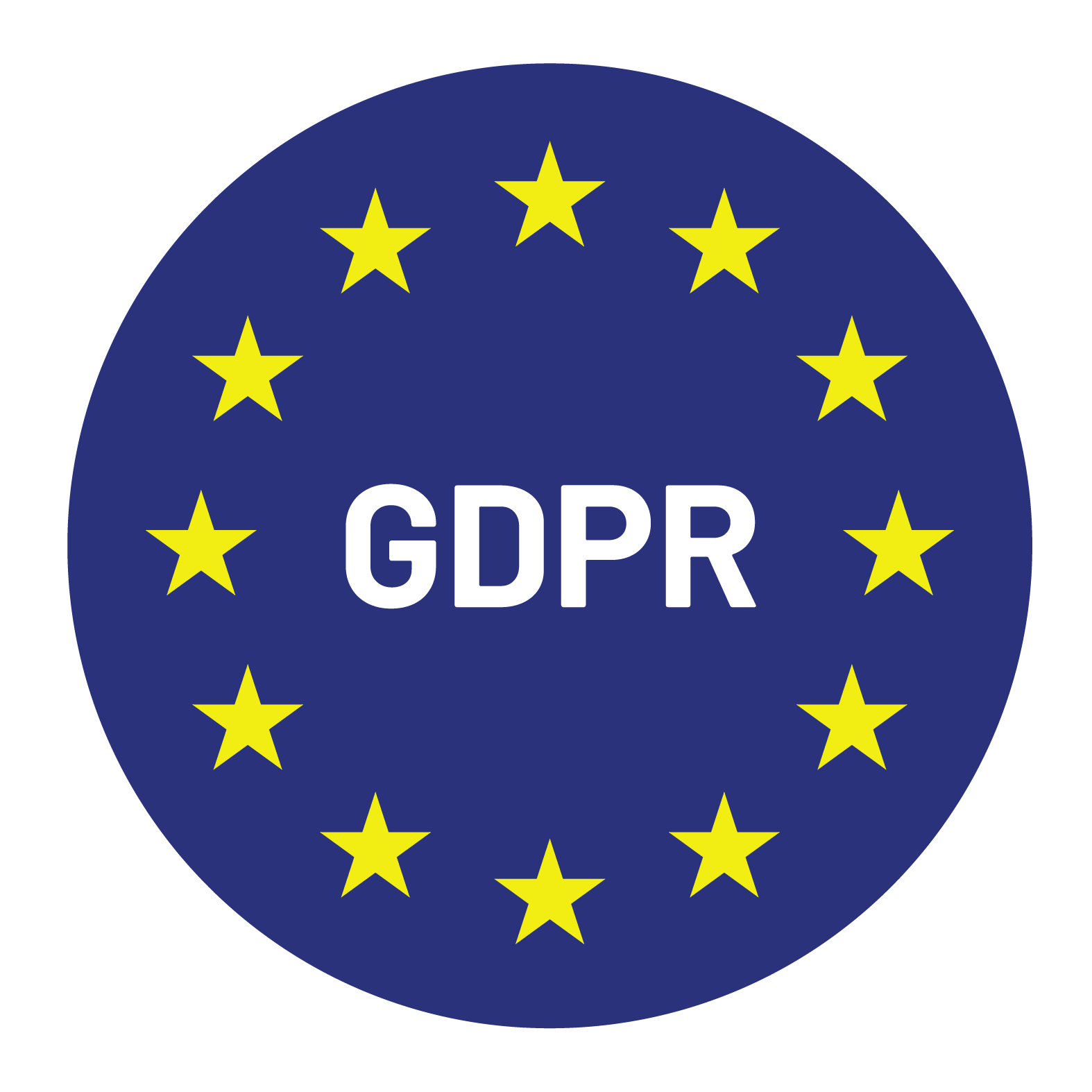
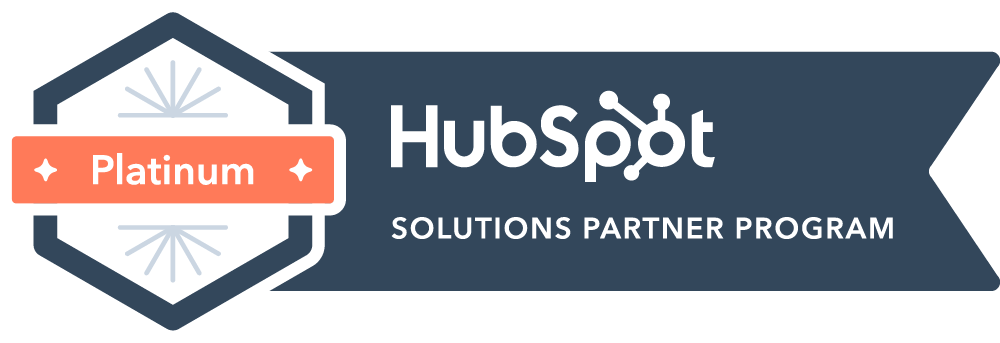
© Copyright – Whistle 2023